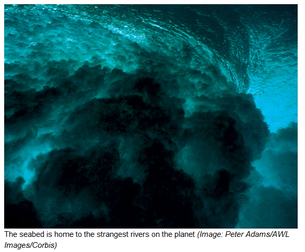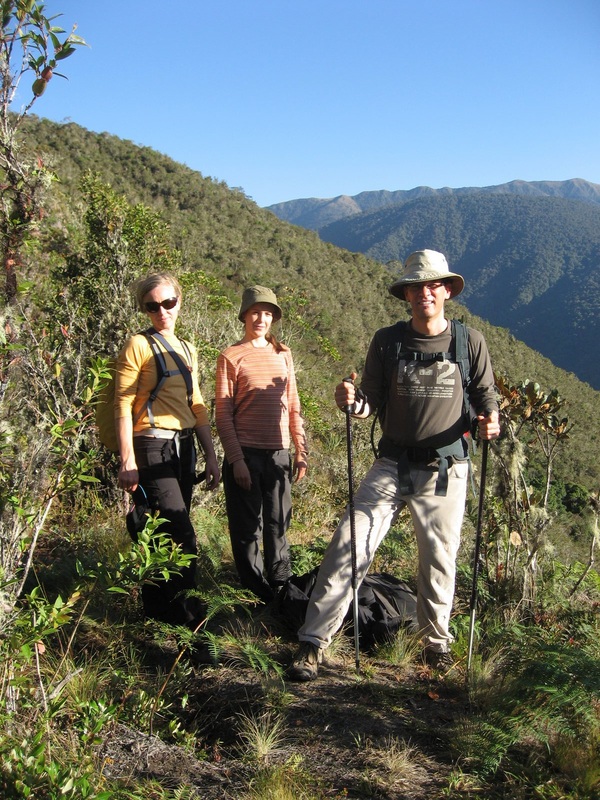Last week the Ecosystems Lab spent a wonderful day in the New Forest, hosted by two expert guides Jonathan Spencer (Forest Enterprise Head of Environment, England and former Senior Ecologist in the New Forest) and Jane Smith (Head of Planning and Environment in FE South District).
The New Forest is neither new (it was established by the Norman William the Conqueror as a royal hunting forest in around 1079), nor a forest in the modern sense of the word, as it has many areas of open, treeless heath. In the Norman sense a forest was an area for hunting by the elite declared to be outside (Latin foris) the common law of the land, i.e. local people were restricted from farming it or hunting on it.
The region is fascinating ecologically and hydrologically. There is forest, open heathlands, and wetlands (bogs and mires). Jane Smith taught us about how meandering streams (see photo) had been channelised in Victorian times (mid 1800s) to improve drainage from the forest. This affected the natural ability of the bog to regulate water flow. The New Forest National Park Authority are now rehabilitating the streams to their original meandering state. Restoration of the original meandering stream improves the health of the wetland and helps to prevent flooding. See the youtube video for full details.
At another location in New Forest we saw a man-made river knickpoint - a break in slope causing an increase in erosion to occur upslope to level out the channel - in a man-made stream. Originally, only overland surface flow would occur in this location. This forever altered the water flow patterns. Over time, the small man-made channel has deepened and widened substantially, with gullies and knickpoints forming. Erosion upslope of the river knickpoint is causing a loss in peat soil and vegetation. Additionally, the entrenched channels cause an increased water loss from the precious wetland in its headwaters. Starting in the headwaters, they are filling in the gullies, with the aim to eliminate the knickpoints. Complete removal of the knickpoints would take substantial amounts of sediment and rehabilitation efforts.
There are related posts by Yadvinder Malhi and Ben Blonder on this visit.
The New Forest is neither new (it was established by the Norman William the Conqueror as a royal hunting forest in around 1079), nor a forest in the modern sense of the word, as it has many areas of open, treeless heath. In the Norman sense a forest was an area for hunting by the elite declared to be outside (Latin foris) the common law of the land, i.e. local people were restricted from farming it or hunting on it.
The region is fascinating ecologically and hydrologically. There is forest, open heathlands, and wetlands (bogs and mires). Jane Smith taught us about how meandering streams (see photo) had been channelised in Victorian times (mid 1800s) to improve drainage from the forest. This affected the natural ability of the bog to regulate water flow. The New Forest National Park Authority are now rehabilitating the streams to their original meandering state. Restoration of the original meandering stream improves the health of the wetland and helps to prevent flooding. See the youtube video for full details.
At another location in New Forest we saw a man-made river knickpoint - a break in slope causing an increase in erosion to occur upslope to level out the channel - in a man-made stream. Originally, only overland surface flow would occur in this location. This forever altered the water flow patterns. Over time, the small man-made channel has deepened and widened substantially, with gullies and knickpoints forming. Erosion upslope of the river knickpoint is causing a loss in peat soil and vegetation. Additionally, the entrenched channels cause an increased water loss from the precious wetland in its headwaters. Starting in the headwaters, they are filling in the gullies, with the aim to eliminate the knickpoints. Complete removal of the knickpoints would take substantial amounts of sediment and rehabilitation efforts.
There are related posts by Yadvinder Malhi and Ben Blonder on this visit.


 RSS Feed
RSS Feed
